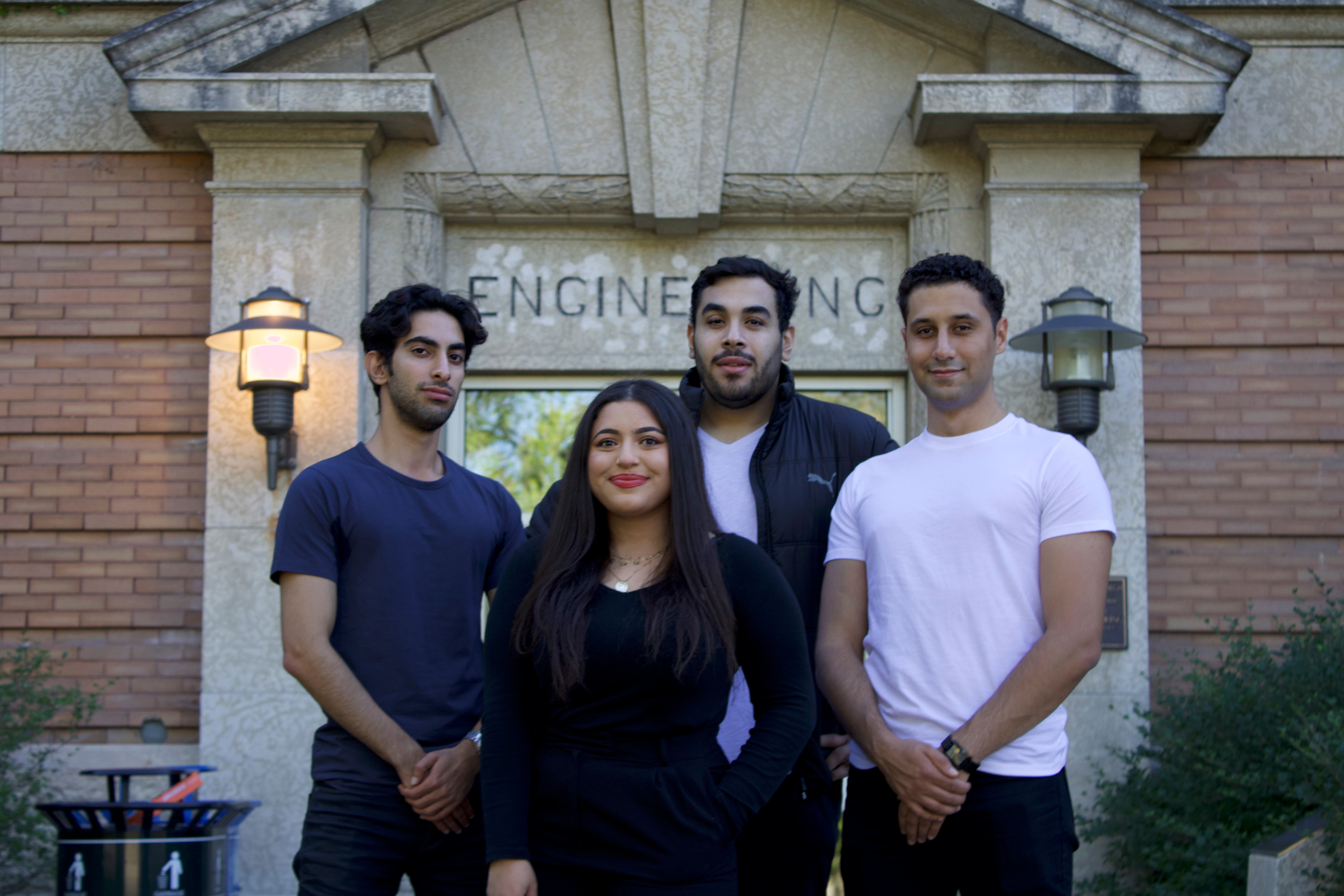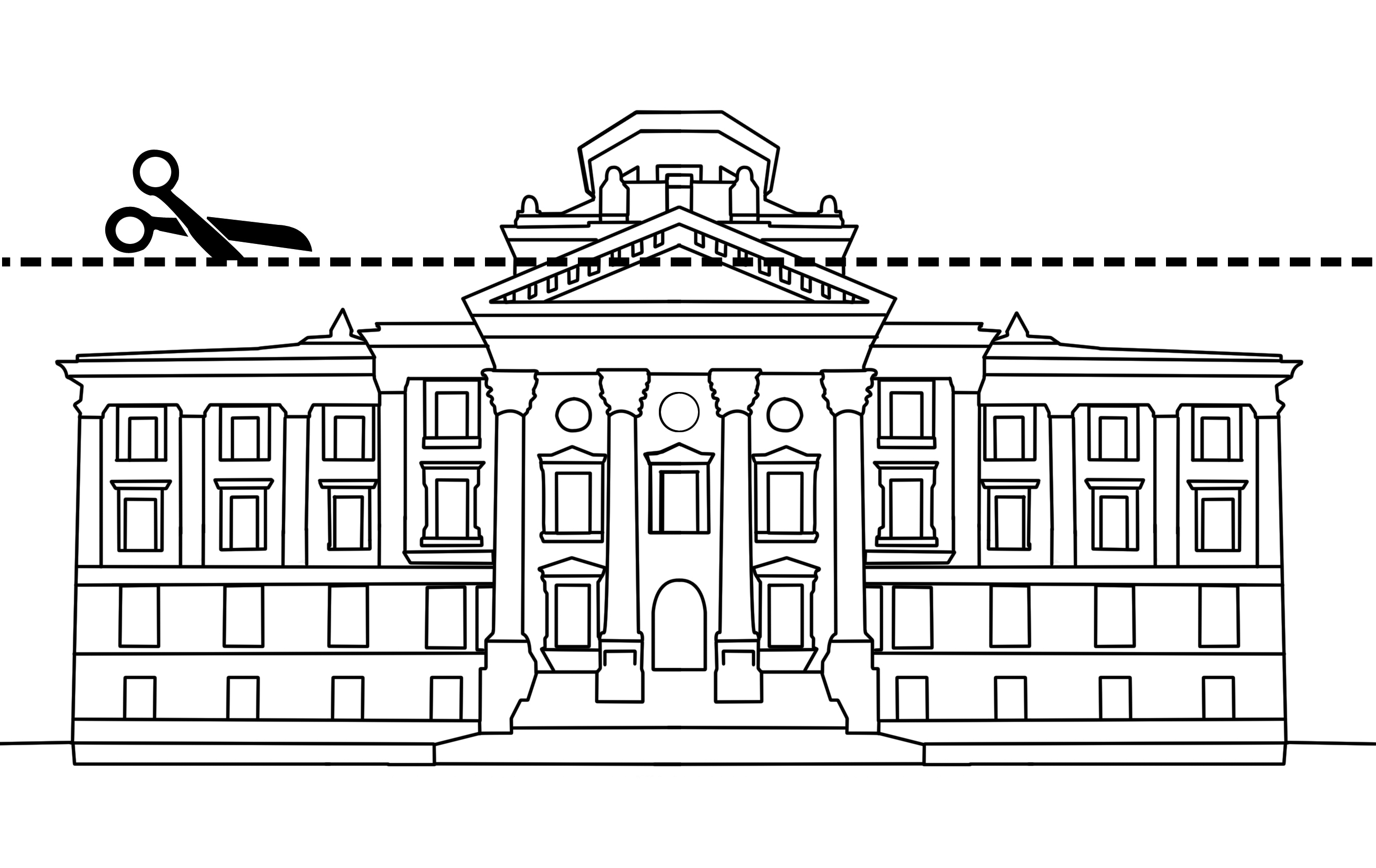In recent weeks, stories in this publication have offered their fair share of criticism of the UMSU executive for its support of re-allocating the $1.5 billion federal tuition tax credit into upfront grants.
The criticism, most fully outlined in Joseph Gonzales’s pointedly titled “UMSU executive advocating for a terrible mistake,” has three main planks.
First, UMSU executives have not done proper consultation before making this an advocacy priority in its work with Undergraduates of Canadian Research-Intensive Universities (UCRU). Second, converting tax credits into grants will allow some students to fall through the cracks because grant systems are based on household income, whether one’s parents pay for their education or not. Third, student unions should focus on expanding the total aid available, not re-allocating existing funding and ultimately focus on achieving free tuition.
Of these arguments, the first is most salient.
Since UCRU’s conception three years ago, it has functioned as a gathering of student union executives at major institutions, who share similar a preference for knowledge-based, tangible advocacy goals.
We have had petitions presented in the House of Commons, received promises from government and countless letters of support from MPs and committee chairs for our asks, and will hopefully see our priorities reflected in the next federal budget and election.
That being said, as UCRU grows in stature, there is a need for greater consultation with the 250,000 students the organization represents across eight U15 universities.
UCRU is currently in the midst of a strategic plan toward a more formalized structure. UMSU VP external Owen Black is chairing this initiative and we will look to ensure more opportunities are given for all students to contribute to our advocacy priorities, that Indigenous student leaders are included in our lobby weeks and all briefs are prepared in consultation with Indigenous students.
As for the criticisms of the policy itself, I still feel strongly that the majority of students will be much better off if our proposal is implemented. Before students make up their minds on this going into the next lobbying cycle, they should at least hear both sides of the argument. As I mentioned, a major point of criticism is that students who come from households with income above the grant cut off mark are excluded from receiving grants.
This much is true, but the cut off for grant eligibility is significantly higher than the median household income in Canada of over $70,000 per year. Students living in households with incomes of over $100,000 — the cut off for means-based grants — are likely to have parental assistance in paying for tuition. We should, and do, advocate for more flexibility in student aid programs to account for students who pay their own tuition despite high household incomes, but this is a solvable and relatively minor problem compared to the number of issues with the tax credit system as it exists currently.
A major flaw with the tuition tax credit is that it does a poor job of providing financial assistance to those who require it the most: 37.7 per cent of tax credit claimants are within the top household income quintile, while the lowest 60 per cent of income earners claim just 41 per cent of credits. This is because students earning under $10,000 per year have no ability to claim their credit due to being under the income tax threshold.
It seems antithetical to anyone’s ideal student assistance program for high-income students to be nearly three-times as likely to benefit compared to low or middle income students.
As well, under the current system, only $500 million of the $1.5 billion allocated to the program each year is actually claimed by students. The rest is either claimed by parents or goes unclaimed entirely. As of 2014, unclaimed tax credits had exceeded $27 billion. Gonzales dismisses my critique of unclaimed tax credits as moot because credits carry forward. His point is theoretically correct, but the $27 billion in unclaimed government money is evidence this theory is not borne out in practice.
Beyond this, we cannot work under the assumption that financial aid received years after graduation is the same as financial aid received at enrolment. Students in need must take on more work hours to pay their tuition up front, which is likely to decrease their academic performance and mental health. Even still, they are likely to require student loans, of which $200 million in debt is annually defaulted on, despite the tax credit program. The bottom line is that you can’t pay tuition with a tax credit and this money could be more efficiently used towards upfront grants.
The other argument Gonzales makes is that UCRU should not play in the government’s sandbox by arguing for re-allocations. Instead, we should focus on expansionary goals like free tuition.
Unfortunately, free tuition does not exist.
Publicly funded education does exist and successfully in many countries. But if we’re honest about what publicly funded education means, it is that free education comes via increased taxes — primarily paid by those in the highest income quintile.
This is not a dissimilar concept to what we’re advocating for.
By re-allocating the tax credit to grants, we are essentially asking the highest income brackets to pay more in taxes to provide upfront tuition relief. While I agree we should be focused on increasing student assistance as much as possible, we must realize the tax credit is a woefully inefficient program, an opinion shared by the parliamentary budget officer and the previous government of Ontario, which instituted UCRU’s proposal provincially and increased grant funding for low- and middle-income students.
Even if one does not like the structure of current grant programs, a re-allocation of the tax credit toward universal subsidies would be far preferable than the current system. If re-allocated, each student in Canada could immediately receive a $750 subsidy per year on their tuition. Re-allocating the $1.5 billion program annually could provide enough grants to give 230,000 students free tuition each year. Just by unrestricting the unclaimed tax credits alone, all two million students in Canada could go to university for free for two years.
So perhaps I was wrong. You can pay tuition with a tax credit. You just have to end the tax credit program first.





